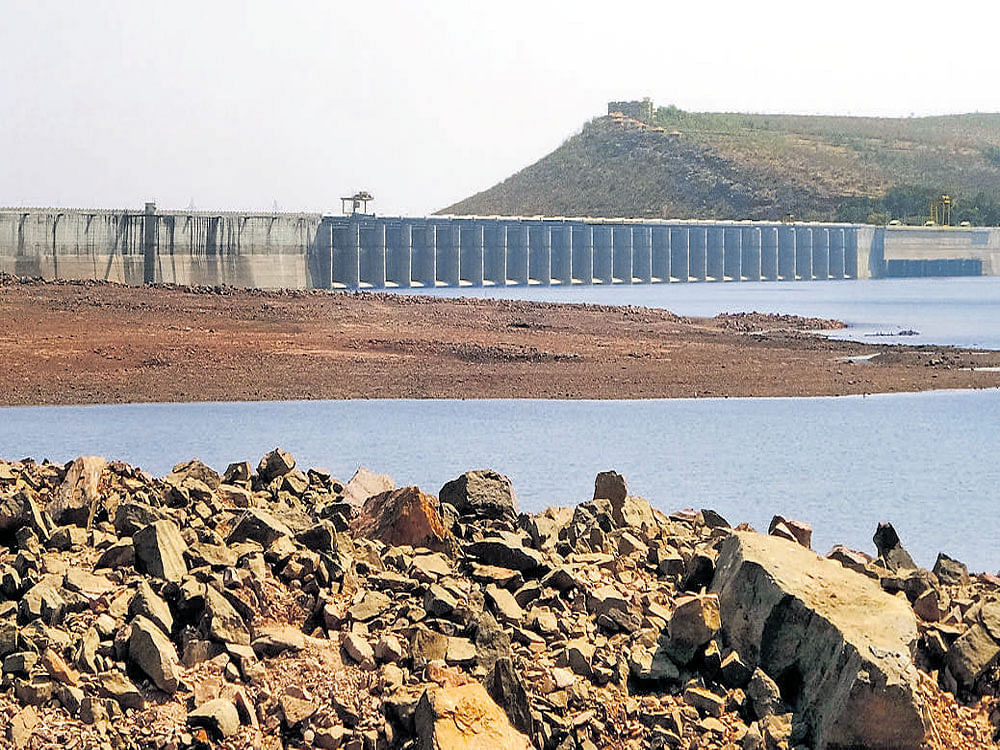
India may stare at a water shortage this summer with water levels in 91 major reservoirs falling to 18% of their total capacity and the storage in most of the west and south Indian states dipping less than the average of last 10 years.
The total storage capacity of these 91 reservoirs is 161.99 billion cubic meters, while the total water available in all the reservoirs was 29.189 BCM as on June 13, the Ministry of Water Resources said on Thursday.
In the southern region, which includes Andhra Pradesh, Telangana, Kerala, Karnataka and Tamil Nadu, 31 reservoirs are being monitored by the Central Water Commission with a total live storage capacity of 51.59 BCM.
The total live storage in these reservoirs was 5.48 BCM which is 11% of the total live storage capacity of these reservoirs. The storage during the corresponding period of last year was 15% and the average storage of the last ten years during the corresponding period was 15% of the live storage capacity of these reservoirs.
“Thus, storage during current year is less than the corresponding period of last year and is also less than the average storage of last ten years during the corresponding period,” the ministry said in a statement.
Karnataka is among states having lesser storage than last year. The others included Andhra Pradesh, Telangana, Kerala and Tamil Nadu, West Bengal and Chattisgarh.
The Western region, which includes Gujarat and Maharashtra, and where 27 reservoirs are under CWC monitoring, the total live storage was merely 3.11 BCM as against the capacity of 31.26 BCM.
The levels could recede faster if the monsoon is delayed or the summer is warmer than usual.
In India, dams can store only 200 cubic meters per person of water as against 5,000 cubic meters in the US and 1,000 cubic meters in China.
The data came two days ahead of the NITI Aayog's Governing Council meeting, whose major agenda is to deal with water crisis this year. The Union Budget, which comes amid a drought-like condition in many parts, is expected to allocate more money on water.
